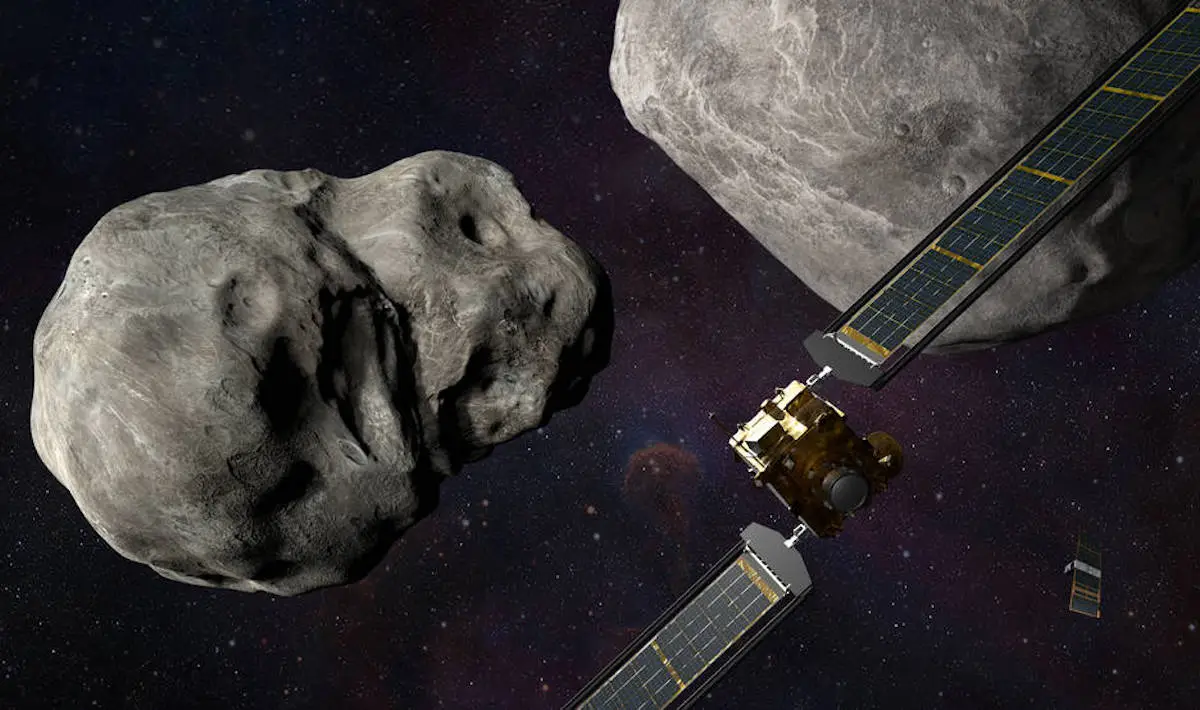Bay Area Scientists Play Critical Role in Asteroid Deflection Mission

NASA on Monday slammed a spacecraft into an asteroid. Now, scientists from Lawrence Livermore National Laboratory will try to figure out if it did what they needed it to do.
The spacecraft, named DART, slammed into the asteroid more than six million miles away from Earth while traveling at about 14,000 miles per hour. It was NASA’s first-ever planetary defense test, and it may one day help scientists protect Earth from a catastrophic collision.
“The main goal is to learn how to deflect an asteroid when we don’t need to so that if we ever do need to we’ll have the ability to develop that technology,” NASA program scientist Tom Statler said.
Scientists at Lawrence Livermore National Laboratory have been providing impact simulations and analysis for the DART mission since 2014. The team will now use high-tech computer models to help assess how much material is flying out of the hit asteroid and whether the crash forced it to change course.
“How the asteroid will respond is a little bit unknown right now because we don’t know all the details about its material properties,” Lawrence Livermore National Laboratory physicist Megan Bruck Syal said. “A lot of the work that we’ve been doing over the last eight years has been building in more sophistication to how we model asteroids.”
NASA’s Ames Research Center in Mountain View has also been involved.
“NASA Ames is an important part of our planetary defense coordination office,” Statler said. “They do studies of asteroids entering the atmosphere, what happens when an asteroid enters the atmosphere.”
The $330 million mission is just a test, one that began with a launch nearly a year ago from Vandenberg Space Force Base in Santa Barbara County.
While NASA insists no asteroids are currently threatening Earth, Bay Area scientists may be key in figuring out if humans can ever derail a planet killer if needed.
“In the future, if we need to deflect something, modeling is really important to get a sense of how effective the deflection technology will be,” Bruck Syal said.

